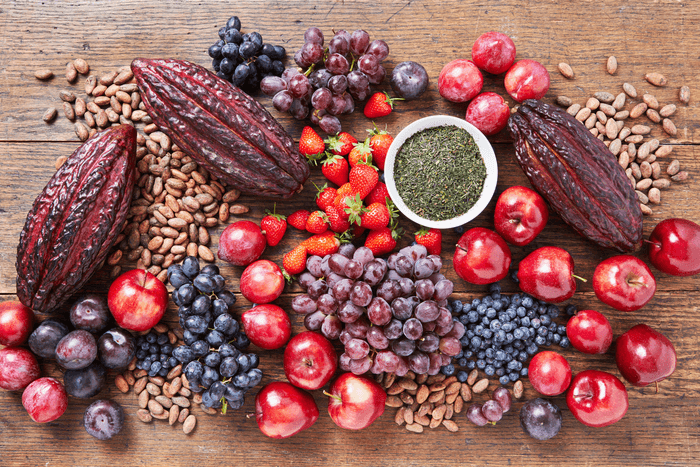BOSTON — Apples and blackberries can help prevent older people from getting frail, according to a new study. Both fruits contain flavonol, a dietary compound that can reduce the chance of being among the 10 to 15 percent of older adults who experience this condition.
A key flavonol combatting frailty is quercetin — a bitter-tasting compound found in fruits, vegetables, leaves, seeds, red onions, grains, kale, and other food supplements. The study by Harvard University’s Hebrew SeniorLife (HSL) challenges the main dietary recommendation for preventing frailty resting primarily on upping protein intake. The geriatric disorder can heighten the risk of falls, fractures, disability, hospitalization, and mortality.
“There may be some validity to the old saying, an apple a day keeps the doctor (or frailty) away,” the study authors write in a media release.

“Our findings suggest that for every 10 mg higher intake of flavonols per day, the odds of frailty were reduced by 20%. Individuals can easily consume 10 mg of flavonols intake per day since one medium sized apple has about 10 mg of flavonols.”
“Although there was no significant association between total flavonoid intake and frailty, higher flavonols intake (one of the subclasses of flavonoids) was associated with lower odds of developing frailty,” researchers Shivani Sahni and Courtney L. Millar continue.
“Specifically, higher quercetin intake was the flavonoid that had the strongest association with frailty prevention. This data suggests that there may be particular subclasses of flavonoids that have the most potential as a dietary strategy for frailty prevention,”
The findings are published in the American Journal of Clinical Nutrition.
Frailty can start by age 40
While many might think frailty is a condition which affects the very old, one study finds that it can actually begin during a person’s 40s. Researchers from Flinders University found that “pre-frailty” occurs in an astounding 45 percent of 40 to 49-year-olds. That’s roughly the same percentage of 70 to 75-year-olds who experience pre-frailty.
“You don’t have to be in your 70s or 80s to be heading down the path to frailty. Age doesn’t matter,” says Sue Gordon, a professor at Flinders and Chair of Restorative Care in Aging, in a university release. “Successful healthy aging interventions and self-management should commence in at least the fourth decade of life focusing on these factors which contribute to pre-frailty and frailty.”
So, what should one look out for as indicators of pre-frailty? Poor balance, weak legs, weak trunk stability (the ability to control spinal and pelvic posture), diminished foot sensations, being underweight, poor nutrition.
You might also be interested in:
- Best Types Of Apples: Top 5 For Snacking And Baking, According To Experts
- Why chocolate could be just as good for the heart as high blood pressure drugs
- Best Fruit For Weight Loss: Top 5 Produce Picks, According To Experts
South West News Service writer Pol Allingham contributed to this report.

